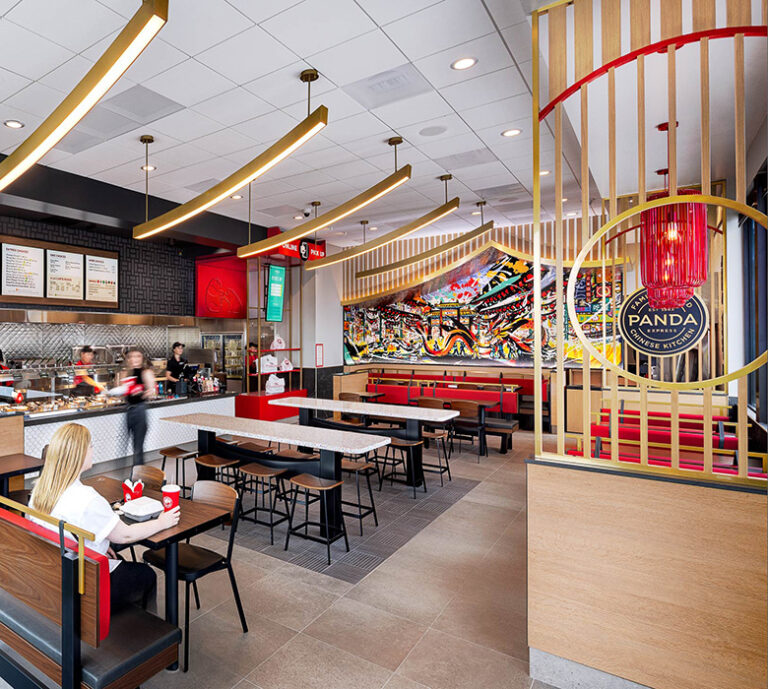
Change in the Name of Sustainable Design
![2022_CU_Sustainability[21]_1600x700 Sustainable Design concept image](https://changeupinc.com/wp-content/uploads/2022/05/2022_CU_Sustainability21_1600x700-scaled.jpg)
Our Executive Director of Architecture and Engineering, Glen Middleton, discusses how brands should think about incorporating a holistic approach toward sustainable retail design.
Last Christmas, my daughter’s wish list caught my attention. Every item had some connection to sustainability whether in how it was made, sourced, or what the company stood for. For her and her Gen Z peers, sustainable values outweigh big-name brands. And their influence is undeniable, shaping the buying behavior of older generations and changing how we talk about design with our clients.
In my role leading architecture and engineering at ChangeUp, I’ve seen a fundamental shift: sustainability is no longer a surface-level add-on. It’s become a guiding principle that informs not just design decisions but entire business strategies — from operations to brand loyalty. And with that in mind, here’s how brands and retailers should be thinking about it…
Sustainable design, architecture, & engineering are more than just a checklist.
The design stage is a perfect and necessary opportunity to find unique and creative ways to get sustainable and circular practices to replace the polluting and disposable ones that flood the market today. In fact, the UK Design Council found that “75% of decisions about materials and manufacturing processes are made in the design phase.”
Because everything has become more standardized (EnergyStar or recycled building material), how can we create systems to help in daily routine? Why not make sustainable choices simply the default choice?
When Trek Bikes challenged us to rethink its bicycle stores to increase sustainability in their processes and set the tone for the industry’s future, we started by looking at each area of the store. We created a standard green approach in line with its corporate sustainability goals and customers’ best interests. It included water conservation and protection solutions like recouping water from bike washing and engineering it to use a common filter and pump design to recycle the water. We also conducted waste reduction and recycling research to rethink daily processes and procedures at the retail employee level, from re-using materials for packing products to focusing on sustainability in the employee lunchrooms. These small changes add up and communicate the values that the brand is living to the end consumer.
Modularity is a winning strategy.
Building environments that can be reconfigured in different ways to adapt to other uses have an increased ability to function well. Modularity can increase resale value and offer multiple options in one material form. Just like you can build anything with Lego blocks, modularity as a sustainable design approach implicates the end owner in the design so they can reconfigure the space to fit their ever-changing needs.
The future is tapping into reusable, local, and natural resources to create the environments that the next gen will respect, occupy and feel good about. Given that nearly two-thirds of the buildings that exist today will still exist in 2050 (according to Architecture 2030), we must extend the life of structures.
As the climate crisis continues to impact our lives, awareness of the need to act sustainably is growing across the generational divide, albeit at different rates. Social change happens because we change, and in doing so, we change the minds of those around us, just as my daughter has elevated it with me. So remember that each day provides us a new opportunity to lean into a fresh start. Think long-term about business goals and retail design – not just to appease Gen Z but to shape a positive future. No risk is greater than inaction.
Related Topics
Related Articles


